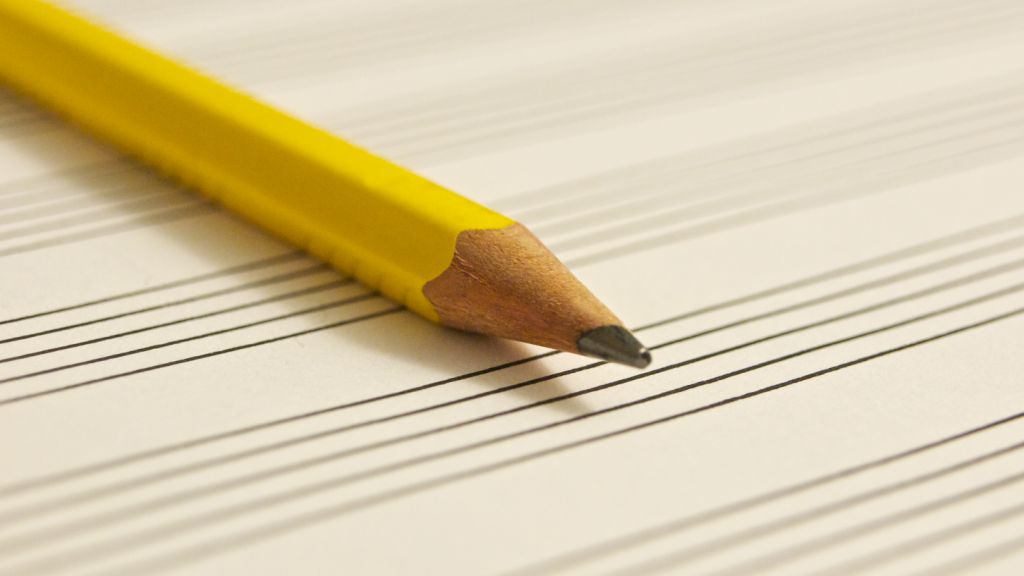I recently started a new transcription project with the goal of learning as slow as possible. Well, not really—but in appreciation of the idea that “the fastest way is the slowest way,” I’m in no rush to finish the project.
The project began the way many of my transcriptions do: I was listening to music that I’ve heard many times before, but this time I heard it in a new way and was intrigued. The transcription is Herbie Hancock’s solo from “Oliloqui Valley” Empyrean Isles (1964).

I was actually playing along on drums and trying to match Tony Williams’ feel when something from Herbie’s solo caught my ear. I ran to the piano to figure out a few notes and then hastily wrote “Oliloqui Valley” on the whiteboard to remember to come back to this solo.
When I came back days later to work on the solo, I decided to take it phrase by phrase and really try to digest each bit before moving on. As I go, here are some questions I’m thinking about:
- can I sing the phrase or pattern?
- do I understand the rhythm and can I apply the rhythm elsewhere?
- do I understand the intervals and their sounds?
- how does the melodic phrase relate to the harmony?
- how does the melodic phrase work with other harmonies?
- how does the phrase relate to what comes before/after?
- etc.
For me, a phrase might be four measures, or it might be just a few notes, there are no additional parameters beyond “go slowly.”
This takes more time than just playing (or writing) the notes, but I’m convinced that I am learning the language more thoroughly than if I were rushing to get to the end.
